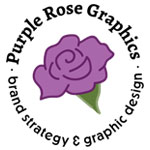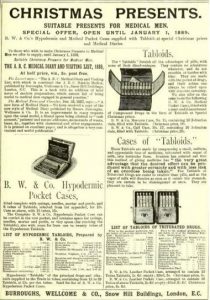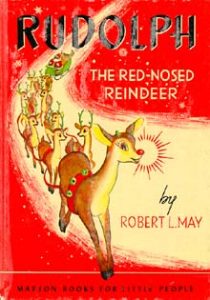History of Holiday Advertising
The holiday season is here, so I thought I’d do something a little fun and a little nerdy. I love learning the origins of things and this holiday season, I felt like it would be fun to share some interesting info about the history of holiday advertising.
Advertising has a long history. It actually dates all the way back to the middle ages when businesses all over Europe used makers marks, signage with symbols and town criers to make the largely illiterate public aware of the goods and services they sold. With the advent of the printing press in around the mid-1400’s and more of the population learning to read, advertising started to become written and placed in local newspaper publications and other printed materials of the day. The industry changed rapidly at this point. By 1900, advertising was a verified profession in the United States.
Advertising’s job is to tell a story and create or showcase a need for a product or service in the minds of the public creating potential customers for the business. This is especially true of Holiday Advertising, which in addition to selling products and services also needs to create a feeling of magic and allow people to buy into a sense of child-like wonder for a few months.
The story of holiday-specific advertising starts in the middle 1800s when Sir Henry Cole commissioned an artist named John Calcott Horsley to produce a special card for him to send out to his business contacts at Christmas time. This is the birth of the first Christmas Cards. This is also where business and the pleasure of the still largely religious festivals of the Christmas/Holiday season starts to blend together.
By the late 1800s, we see items advertised specifically as Christmas Gifts and offering special prices for the season as a shopping incentive begin to emerge. One of the companies to do this is the U.K.-based Chemist (Pharmacist) Burroughs, Wellcome & Co. who had an advertisement in trade paper “The Chemist and Druggist” referring to their products as “Christmas Presents”.
Christmas was largely part of the emerging advertising landscape by the end of the 1920s with most of the images including Christmas trees and Santa Claus. In the 1930s we see Christmas ads create things that wove themselves into the fabric of American culture. In the early part of the decade, we see Georgia based soft-drink company, Coca-Cola use the now nostalgic and iconic advertisements featuring a jolly, heavy-set, white-bearded Santa Claus in his familiar red outfit. Despite Santa having sold products for generations, Coca-Cola is largely credited for creating the iconic image we now view as “Santa Claus” in the 1920s and 1930s. Later in the decade, Illinois-based retailer Montgomery Ward contracted Robert May to create a memorable promotion for them for the holidays. May creates everyone’s favorite reindeer, Rudolph. With a transformational “ugly duck” style feel-good story, Rudolph’s purpose was to sell coloring books for the retailer. However, thanks to the story and the song that came 10 years later the little reindeer stuck in minds and hearts and became part of the traditions of Christmas.
In case you’re curious, the emotional “heartstring tug” components of these ads are what makes them iconic. They evoke certain emotions in us and bring us to a time in the past and that’s why we still love them and why we share them with others.
During the 20th century, advertising makes the jump to radio and in the middle part of the 1950s it makes the jump to TV and from here on out, Christmas (and later other holidays) has solidified as part of the American advertising landscape.
From its roots in the 1800s when the merchant class started to rise to the current ads running on social media, it has changed with the times and it will be interesting to see how this type of advertising changes in the future.
By the way, If you’re ready to invest in your business’s marketing materials and give them a new look, I can help you! What I do is help small businesses create marketing materials and logos that help them get leads and grow their business either through my done for you design service or my design consulting service. Either way, your designs not only look better, but they will help you stand out to your potential customer better and you’ll be on your way to selling more and stressing less. Curious how I can help you? I’d love to invite you to a FREE 1:1 Branding and Design Strategy Session. Email me today and let’s chat about how design can get your business where you want it to be and see if working together makes sense!


